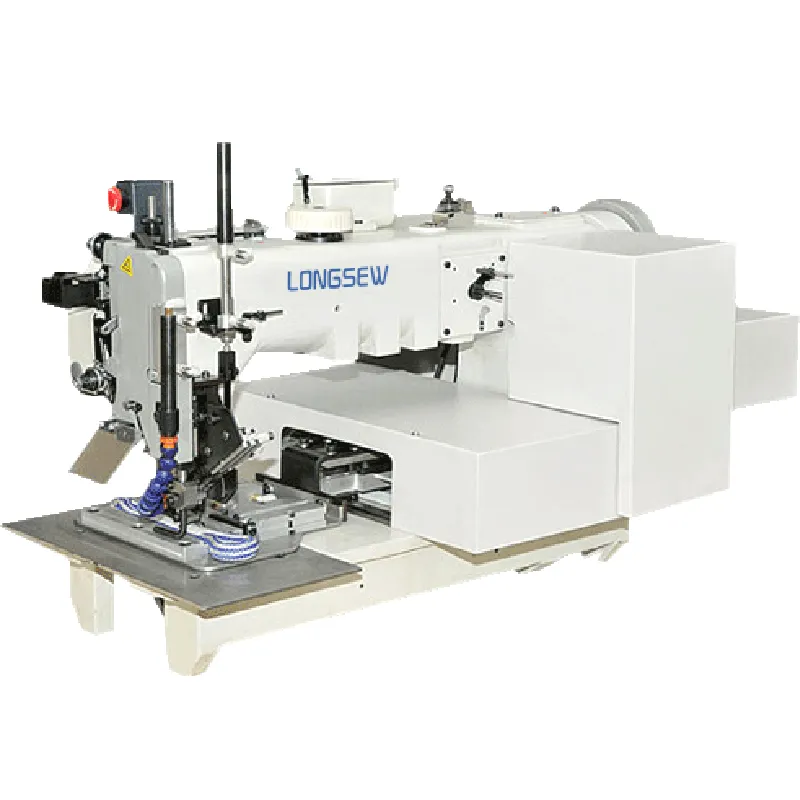sewing leather on a domestic machine
Sewing leather on a domestic machine can seem intimidating due to the material's toughness and unique texture. However, with the right techniques, tools, and preparation, you can successfully sew leather projects at home. This guide will walk you through the necessary steps to ensure your leather sewing experience is smooth and enjoyable.
First and foremost, it's essential to select the appropriate type of leather for your project. There are several options available, including full-grain, top-grain, and suede. For beginners, it’s often best to start with a softer leather, such as lambskin or a lightweight cowhide, which is more forgiving and easier to work with. Once you gain more confidence, you can move on to thicker leathers that require a bit more finesse.
Before you begin sewing, make sure your domestic sewing machine is equipped to handle leather. Regular machines may struggle with thick materials, but many can handle light-to-medium-weight leather with the right precautions. Start by using a leather needle, which has a sharp point designed to penetrate the material cleanly without causing damage. A needle size of 90/14 or 100/16 is typically recommended for leather projects depending on the thickness.
Next, consider your thread choice. Polyester or nylon threads are strong and provide durability, making them ideal for leather. Avoid cotton threads as they can break easily under tension. It’s also advisable to use a longer stitch length when sewing leather—around 3 to 4 millimeters is optimal. This prevents the leather from bunching up and creates a more professional-looking seam.
sewing leather on a domestic machine

Preparation is key when it comes to sewing leather. Cut your leather pieces with a rotary cutter or sharp scissors, ensuring your cuts are clean and precise. You can use a cutting mat to protect your work surface. Additionally, marking your sewing lines with a removable fabric marker or chalk can help maintain accuracy during the sewing process. Keep in mind that leather doesn’t have a natural grain like fabric, so any marks made during this process may take more effort to remove.
When it comes to sewing, it's crucial to take your time. Begin sewing slowly, especially when approaching corners or curves. You may need to pivot your material frequently to maintain a smooth line. If your machine struggles to feed the leather, consider using a walking foot or a Teflon foot, which helps to grip the material and provide even feeding.
Finally, finishing touches can elevate your leather project. Apply edge treatment, such as edge dye or burnishing, to create a polished look. Additionally, consider using a leather conditioner to maintain the suppleness of your finished piece.
In conclusion, sewing leather on a domestic machine is entirely achievable with the right tools, techniques, and a bit of practice. Start with simpler projects, and gradually build your skills. Remember to enjoy the process and embrace the unique charm of working with leather! With dedication and creativity, you can create beautiful, functional leather goods that reflect your personal style.
-
Industrial Cylinder Arm Sewing Machine: Revolutionizing Heavy-Duty SewingNewsJul.28,2025
-
Cylinder Arm Sewing Machine: Perfect for Special Sewing ApplicationsNewsJul.28,2025
-
Cylinder Bed Sewing Machine: Essential for Sewing Complex MaterialsNewsJul.28,2025
-
Heavy Duty Sewing Machine: The Essential Tool for Industrial ApplicationsNewsJul.28,2025
-
Computerized Pattern Sewing Machine: Revolutionizing Precision StitchingNewsJul.28,2025
-
Heavy Duty Industrial Sewing Machine: Power Meets PrecisionNewsJul.28,2025
-
Leather Sewing Machine: The Industrial Standard for Tough MaterialsNewsJul.18,2025





























